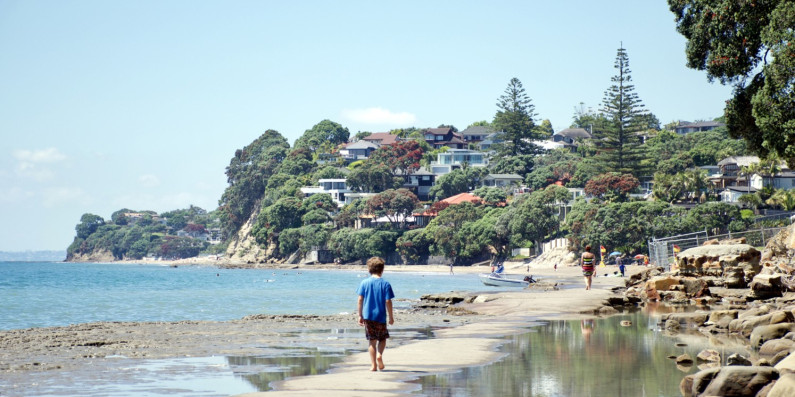Tēnā koutou katoa,
Over the past few months, we have been meeting with mayoral forums key stakeholders and partners sharing progress we have made developing Aotearoa New Zealand’s future resource management system.
There is broad consensus that the RMA has not been working and that it’s time for change. In 2019, the Government commissioned an expert panel led by Hon Tony Randerson to undertake a comprehensive review of the resource management system. Their report, New Directions for Resource Management in New Zealand published in 2020 provided the blueprint of the new system to create better outcomes for both the natural and built environments and a more responsive system to meet the challenges we face as a nation.
The Panel’s work built on the work of many others who advocated for the reform of the system. This included reports from Local Government New Zealand, the Productivity Commission, the Environmental Defence Society, the Property Council, Northern EMA, Infrastructure New Zealand, and the Waitangi Tribunal.
Minister for the Environment David Parker is delivering a series of speeches to share key decisions that have been made by Ministers about the new system. Most recently, Minister Parker attended the LGNZ conference in Palmerston North last month where he delivered a speech on decision-making in the new system and the role local government will play. Speeches on what the changes mean for Māori, system efficiency, environment and climate change, and infrastructure will be delivered through August and September.
We are now at the stage where the majority of policy decisions for the Natural and Built Environments Act and the Spatial Planning Act have been made and drafting of the new legislation is underway.
The Government intends to introduce the Natural and Built Environments Bill and the Spatial Planning Bill to Parliament in October 2022. The third Bill, the Climate Adaptation Bill, is expected to be introduced in 2023.
Over the next few months, the Ministry for the Environment will be helping the public stakeholders and partners understand the new sytem through a series of forums, information sessions and a broad communications effort. If you are interested in attending the forums, please contact us at rm.reform@mfe.govt.nz.
We invite you to continue engaging with the process through the select committee when the legislation is introduced to Parliament in October so we can produce robust legislation that is fit for purpose for gerations to come.
Ngā mihi nui,
Janine Smith, Deputy Secretary, Natural and Built System and Climate Mitigation
